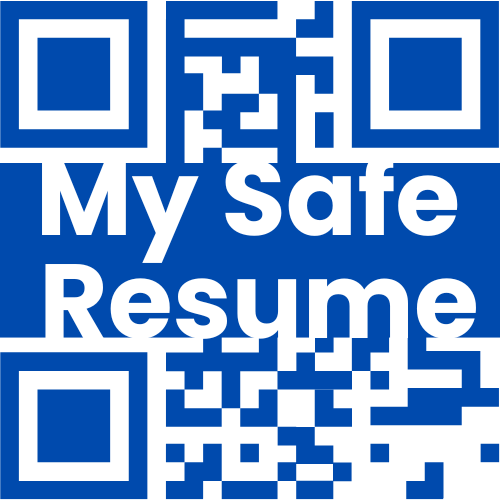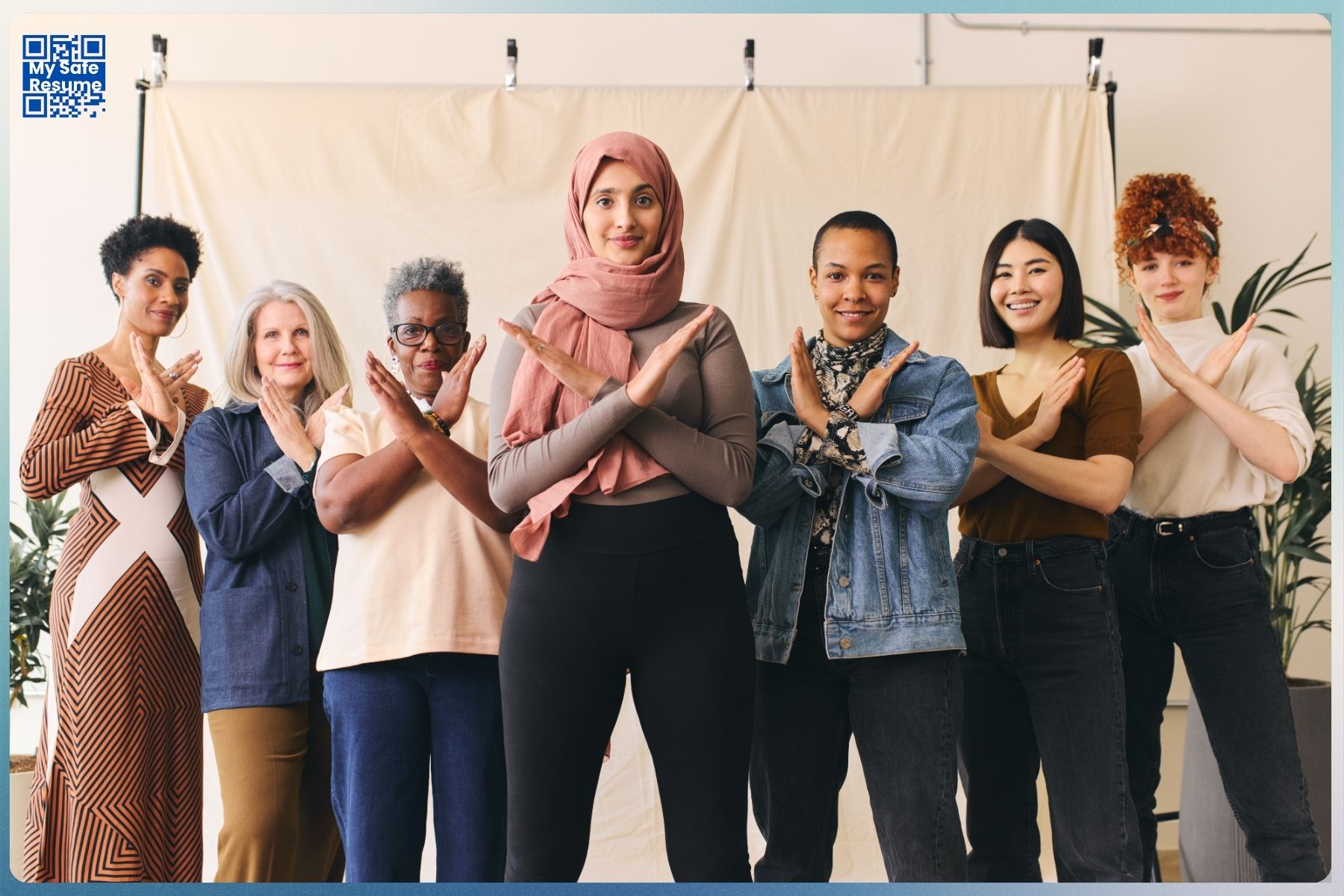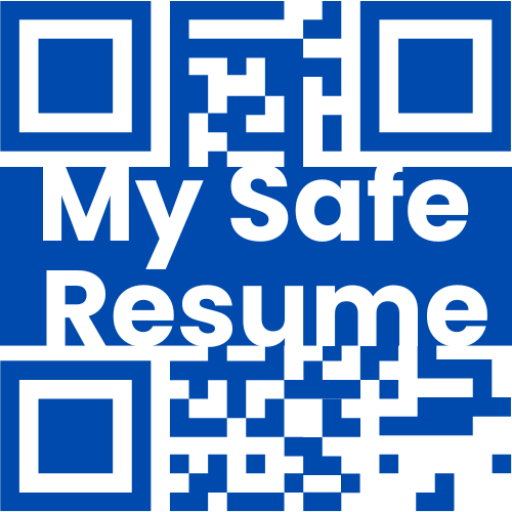In today’s competitive job market, ensuring a fair and equitable hiring process is crucial. Despite the best intentions, unconscious bias can subtly influence resume reviews, impacting hiring decisions in ways that often go unnoticed. Understanding how these biases manifest is the first step toward creating a more inclusive workplace.
Unconscious Bias and Its Impact on Hiring
Unconscious bias refers to the automatic, subconscious associations people make about others based on characteristics such as race, gender, age, and more. These biases stem from societal norms, media portrayals, personal experiences, and cultural backgrounds. Unconscious biases influence perceptions and decisions without individuals being aware of their impact.
Impact on Resume Reviews
Unconscious bias can profoundly impact the hiring process, often beginning with the initial review of resumes. This phase is critical as it sets the stage for candidates to progress to interviews and further evaluation.
Despite efforts to create fair and objective hiring practices, biases can subtly influence perceptions and decisions, leading to potentially qualified candidates being overlooked. Understanding unconscious bias in resume reviews is essential for developing strategies to counteract these biases and ensure a more equitable hiring process.
- Name-Based Bias: Research has shown that resumes with names perceived as ethnic or uncommon receive fewer callbacks than those with more common names. National Bureau of Economic Research found that resumes with White-sounding names received 50% more callbacks for the interviews than those with Black-sounding names.
- Gender Bias: Women often face bias in resume reviews, particularly in male-dominated fields. Studies reveal that resumes with male names are rated more favorably than identical resumes with female names, affecting perceptions of competence.
Gender inequality is a significant aspect of unconscious bias, particularly in hiring. Traditional gender roles and stereotypes extended by society and the media influence how candidates are perceived based on their gender.
- Age Bias: Older candidates may be unfairly judged based on assumptions about their technological proficiency, adaptability, and energy levels. Conversely, younger candidates might be seen as inexperienced or immature.
Stereotypes about the younger generation being less assertive or incapable of handling high-stress situations can negatively impact their chances of being considered for executive positions.
3 Common Triggers for Bias in Resumes
- Education and Institutional Prestige: Resumes listing prestigious universities or well-known companies can trigger bias. This halo effect leads to assumptions about the candidate’s overall competence based solely on the perceived prestige of their educational or professional background.
For instance, graduates from Ivy League schools might be unfairly favored over equally qualified candidates from less renowned institutions.
- Employment Gaps: Employment gaps on resumes can trigger bias, leading reviewers to make unfounded assumptions about a candidate’s reliability or commitment. Such gaps might be due to various legitimate reasons, including family care responsibilities, further education, or personal health issues, but they often lead to negative judgments.
- Length of Experience: Bias can emerge based on a candidate’s experience. Those with extensive experience might be overqualified or inflexible, while those with shorter tenures may be viewed as inexperienced or lacking commitment.
Five Strategies for Recognizing and Mitigating Bias
- Blind Recruitment: Implementing blind recruitment practices, where identifiable information such as names, gender, and age are removed from resumes, can help mitigate bias. This approach focuses attention on the candidate’s skills, experience, and qualifications without the influence of unconscious biases.
- Structured Resume Review Processes: Creating a standardized and structured process for reviewing resumes can reduce the impact of bias. This involves using consistent criteria and scoring rubrics for evaluating all candidates, ensuring that each resume is assessed based on the same standards.
- Bias Training for Hiring Teams: Regular sessions on unconscious bias can help hiring teams become more aware of their biases and learn strategies to counteract them. This training should include practical exercises and discussions on recognizing and addressing bias in resume reviews and interviews.
- Utilizing Technology and AI: Leveraging technology, such as AI-driven resume screening tools, can help minimize human bias. These tools can be programmed to focus on objective criteria and qualifications, reducing the influence of subjective biases. However, it is essential to ensure that these tools are regularly audited to prevent the replication of existing biases.
- Encouraging Diverse Hiring Panels: Having diverse hiring panels can bring multiple perspectives to the resume review process, reducing the likelihood of biased decisions. Diverse teams recognize and challenge biased assumptions, leading to fairer hiring outcomes.
Conclusion
The hiring process is challenged with unconscious bias, subtly influencing resume reviews. By recognizing the common triggers for bias and implementing strategies to mitigate them, organizations can move toward a more equitable and inclusive hiring process.
Embracing blind recruitment, standardized review processes, bias training, and diverse hiring panels are crucial in combating unconscious bias and ensuring that every candidate receives a fair evaluation.
Reference:
- https://hbr.org/2019/06/how-to-reduce-personal-bias-when-hiring?autocomplete=true
- https://hbr.org/2021/02/research-to-reduce-gender-bias-in-hiring-make-your-shortlist-longer
- https://resources.workable.com/stories-and-insights/unconscious-bias-in-recruitment#:~:text=In%20the%20hiring%20process%2C%20unconscious,out%20with%20outside%20of%20work.



